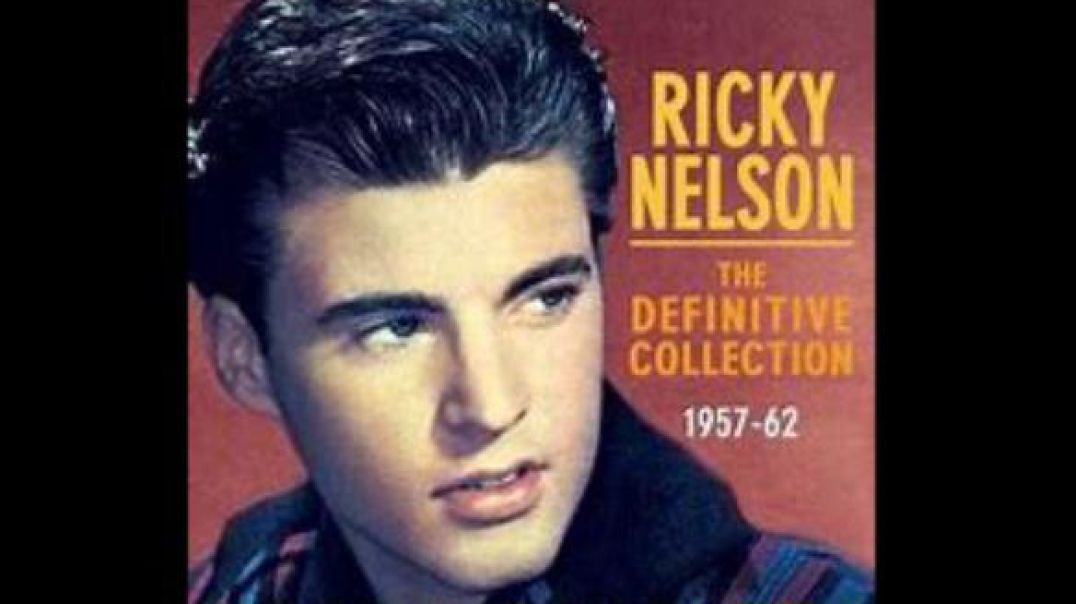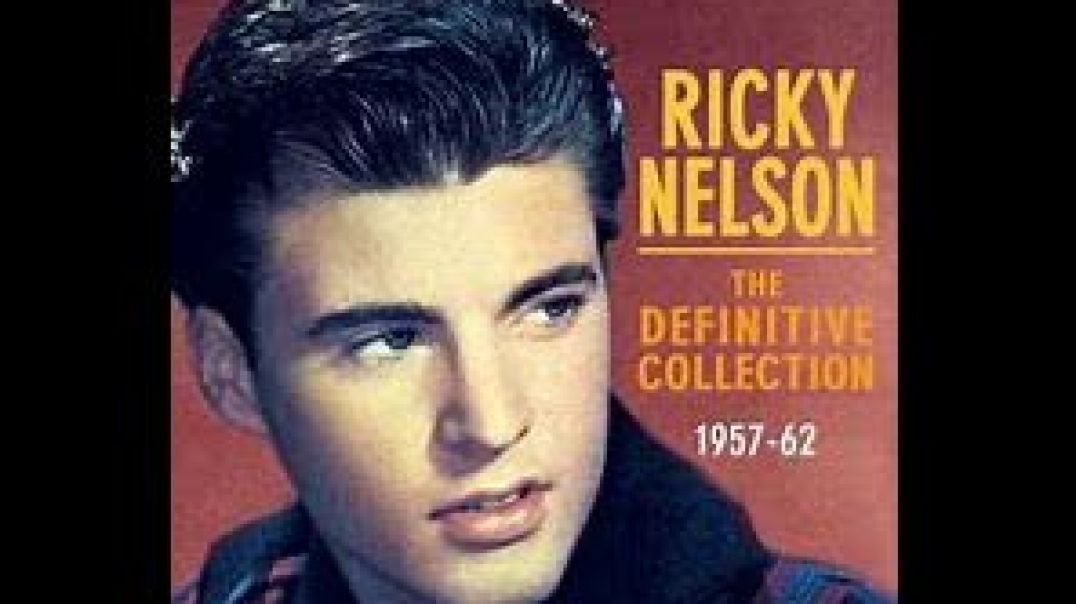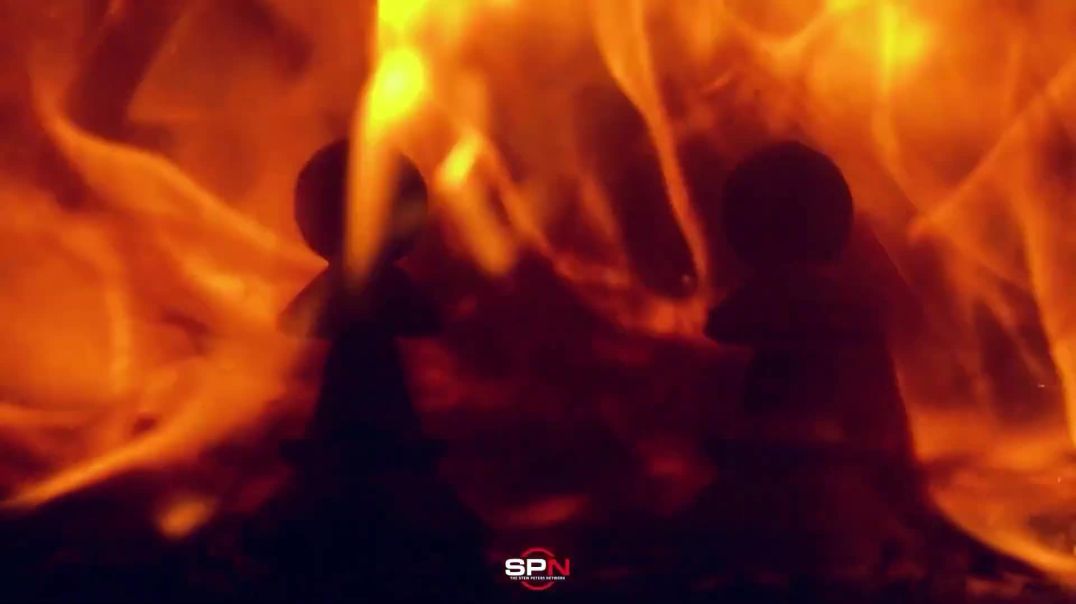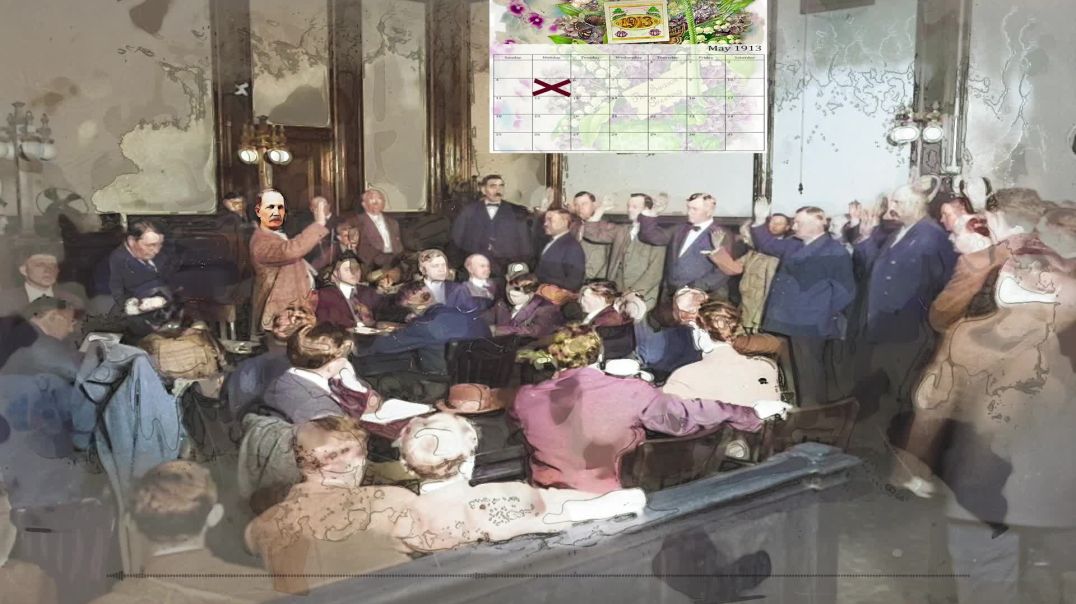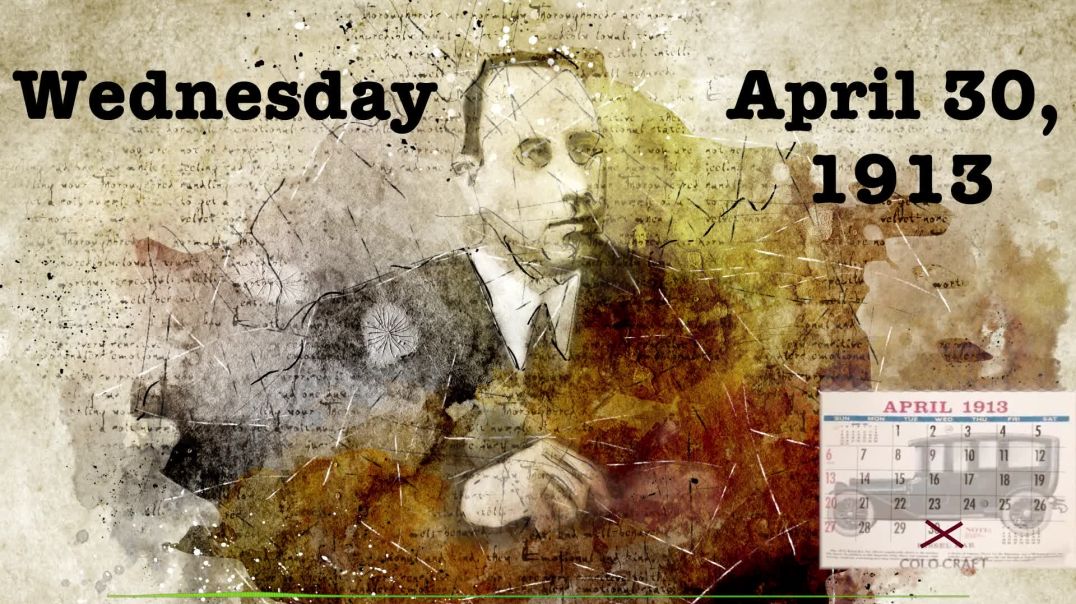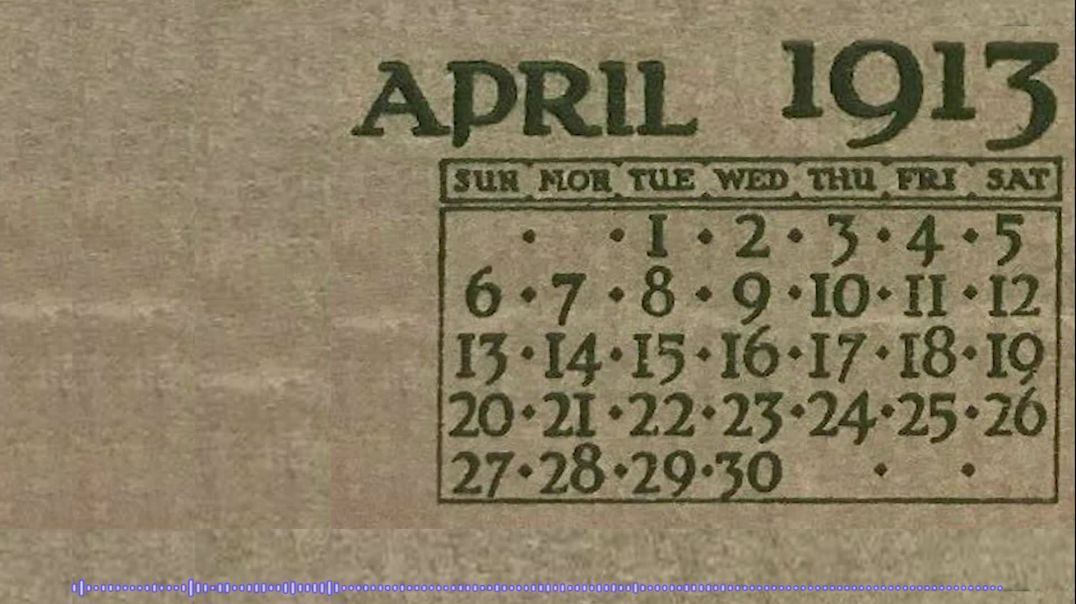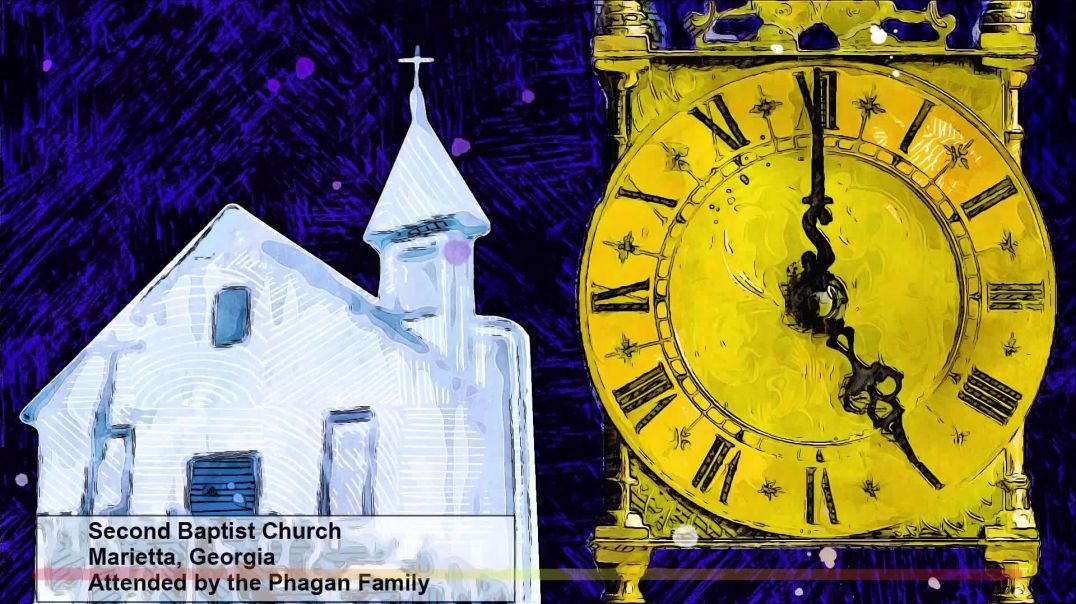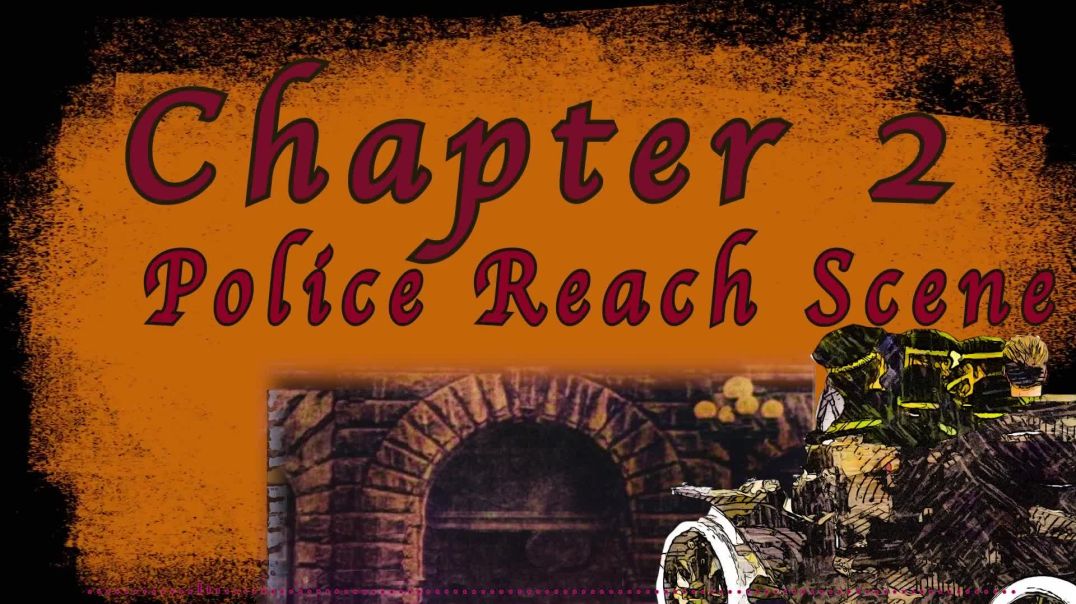Please donate now to help fund our work
- Film & Animation
- Music
- Pets & Animals
- Sports
- Travel & Events
- Gaming
- People & Blogs
- Comedy
- Entertainment
- News & Politics
- How-to & Style
- Non-profits & Activism
- McIntyre Report
- Jamie McIntyre uncensored
- RAW Report
- Candace Owens
- Steve Kirsch
- Tucker
- Bongino
- Elon musks
- Alan Jones Australia
- RT News
- Wayne Crouch Show
- Other
The Murder Of Little Mary Phagan - Vanessa Neubauer - Introduction and Chapter One
Mary Phagan Keane's "The Murder of Little Mary Phagan" is an oral history of her family. It was written by Mary Richards Phagan, Annabelle Phgan, Cochrane Lily Phagan, Baswell John Phagan Durham, Jay C. Gear, Lisa Sorel, Tom Watson Brown, Bill Kenny, senior editor of the Marietta Daily Journal, Franklin Garrett, historian, Atlanta Historical Society, George Keeler, son of OB Keeler Mariettan, Michael H. Wing, member of the State Board of Pardons and Paroles, Stuart Lewingrub, Southeast Regional Director of the Anti- Defamation League, Betty Cantor, associate Director of Southeast Office of the AntiDefamation League, Charles Wittenstein, Southern Council of the AntiDefamation League, and Bernard and her friends for their
love and encouragement. The author placed a single red rose on the grave and traced over the name Mary Phagan. The epitaph was one the author knew by heart. The author saw an old couple trudge up the grassy hill towards the grave and asked if they could help them.
The most important details in this text are that the narrator is related to Little Mary Phagan, who was murdered on April 26, 1913, in downtown Atlanta. The narrator's great aunt, Mary Phagan, was killed on April 26, 1913, and her story remains with them. The narrator's great aunt, Mary Phagan, looks a lot like her, and the narrator's father, the first sergeant of the 17th Air Transport Squadron, was stationed in Charleston, South Carolina. The narrator's father, the first sergeant of the 17th Air Transport Squadron, was stationed in Charleston, South Carolina, and the narrator's 8th grade science teacher at R b. Stahl High school registered astonishment when the narrator told him their name was Mary Phagan.
The narrator's father, the first sergeant of the 17th Air Transport Squadron, was stationed in Charleston, South Carolina, and the narrator's 8th grade The most important details in this text are that the narrator's father is related to a little girl named Mary Phagan, who was murdered in Atlanta years ago. The narrator's father tells the narrator that Mary Phagan was her grandfather's sister and that she had caught the English
Avenue streetcar the morning of Saturday, April 26, 1913 to go to the National Pencil Company where she had worked in downtown Atlanta to pick up her wages of $1.20. She had made plans to stay and watch the parade. Governor Joseph M. Brown and other dignitaries were to share the reviewing stand. The War Between
the States had been over for only 48 years, and the day would change the lives of everyone it touched.
Tom Watson would be elected to the United States Senate and his statue placed in front of the Georgia State Capitol building. Solicitor Hugh M. Dorsey would ride right into the governorship of Georgia. The most important details in this text are related to the story of Little Mary Coleman, a beautiful young child who was brutally raped and murdered in the pencil factory in Atlanta in 1906. Newt Lee, the night watchman, found her body in the basement next to the coal bin that Sunday morning at about 03:00 a.m. He feared for his life and called the police. Two notes were found by her body, but Mary did not write them. Grandmother Fanny had been expecting Mary back home that evening after the parade, but sundown came and still no little Mary.
Her body was taken to Bloomfields, a local undertaker which was also used as Atlanta's morgue. Her funeral was held on April 20, 1913 and her casket was surrounded by flowers. Leo Frank, the supervisor of the factory, was charged with the murder and his trial started on the 28th day of July that year. The case became famous because it was the first time in the history of Georgia and the south that a black man's testimony helped to convict a white man. In 1968, the narrator's father decided to retire from the United States Air Force and went to work for the United States Post Office as a letter carrier.
During their summer vacation in Chicago, the family moved to Atlanta, where the narrator was ready to settle down and live somewhere for more than a couple of years. When school began, the narrator soon learned that making friends might be difficult, as most of the Cliques had gone to school together since kindergarten. To their surprise, most of the teachers asked the narrator that question on the first day. The narrator was surprised to learn that most of the teachers asked the narrator that question on the first day. The narrator is horrified to learn that they are related to Little Mary Phagan, who was murdered in Atlanta.
They decide to ask their grandfather, William Joshua Phagan, Jr., about his little sister, but he was beginning to show his age and his communication skills were hampered. One day, he came out with Little Mary's picture and pointed to the narrator. He sobbed and tried to find the words, but nothing came out. The narrator then decides to ask their father if he could tell why he named them after Little Mary, and he is ready for the question. The narrator had determined from the day their mother and father were married to name their first girl child after their great aunt, Little Mary Phagan.
This was a tribute to their father, who had been born on June 1 and the narrator was born on June 5. As soon as the narrator was big enough, they would take the narrator with them when they were not out flying. When the narrator was about four years old, they bore a striking resemblance to their great aunt, Little Mary, but at that early age, it made no difference or impression on her.
When the narrator was four and a half, their father was assigned to the 16 Eight Military Air Transport Wing in Charleston, South Carolina. When they arrived in Charleston, they were assigned to the 17th Air Transport Squadron. In January 1960, their father was presented with an Individual Flying Safety award and was assigned to the 1503rd Air Transport Wing in Tachikawa Air Base, Japan. The narrator had a sister and two brothers and was flying mostly into Korea and the Philippines. In December 1964, the narrator was promoted to master sergeant and returned to the continental United States.
The narrator's life took a turn when the narrator came home from school crying and asking about Little Mary. The narrator had mixed emotions and feared that their legacy would submit them to discourteous people.
Daddy encouraged the narrator to hold their head high, stand proud, and face the world. The narrator's family had a vow of silence for close to 70 years, which had been imposed on them by Fanny Phagan Coleman, Mary Phagan's mother at the time of her death. The murder, trial of Leo Frank and his lynching have deeply affected the lives of all involved.
The narrator's family had hoped that the lynching of Leo Frank would be the final ending of the tragedy, but it hasn't been. The narrator has been asked the question all their life, both inside and outside of Georgia. When the narrator was four and a half, their father was assigned to the 16 Eight Military Air Transport Wing in Charleston, South Carolina. When the narrator was four and a half, their father was presented with an Individual Flying Safety award and was assigned to the 1503rd Air Transport Wing in Tachikawa Air Base, Japan. The narrator had a sister and two brothers, and Tachikawa was their home for the next three years.
The most important details in this text are that the narrator was promoted to master sergeant in December 1964 and returned to the continental United States in July 1965. The narrator's life took a turn when they came home from school crying and asking them about Little Mary Phagan. The narrator had mixed emotions and feared that their legacy would submit them to discourteous people. The narrator learned that a vow of silence had been kept by their family for close to 70 years, which had been imposed on them by Fanny Phagan Coleman, Mary Phagan's mother at the time of her death. The murder, trial of Leo Frank and his lynching has deeply affected the lives of all involved.
All the principals in the trial are dead now, and the obituary of each of them mentioned their connection to the murder of Little Mary Phagan. The narrator's family had hoped that the lynching of Leo Frank would be the final ending of the horrible tragedy, but it hasn't been. The legacy left to the narrator is a difficult one, but they have had to accept it. When the narrator was four and a half, their father was assigned to the 16 Eight Military Air Transport Wing in Charleston, South Carolina. When they arrived in Charleston, they were assigned
to the 17th Air Transport Squadron. When the narrator was four and a half, their father was presented with an Individual Flying Safety award and was assigned to the 1503rd Air Transport Wing in Tachikawa Air Base, Japan. During the next three years, few questions were asked about Little Mary, and the narrator extended their tour for another year to go to Hawaii.
In December 1964, the narrator was promoted to master sergeant. The narrator's life took a turn when they returned to the continental United States in July 1965. On the day they returned, they were asked about Little Mary Phagan, the great niece of Little Mary Phagan. The narrator had mixed emotions and was frightened for their daughter. They learned that their family had kept a vow of silence for close to 70 years, which had been imposed on them by Fanny Phagan Coleman, Mary Phagan's mother at the time of her death.
The murder, trial of Leo Frank and his lynching has deeply affected the lives of all involved. The obituary of each of the principals in the trial mentioned their connection to the murder of Little Mary Phagan. The narrator's family had hoped that the lynching of Leo Frank would be the final ending of the horrible tragedy, but it hasn't been. The narrator has had to accept the legacy left to them.
